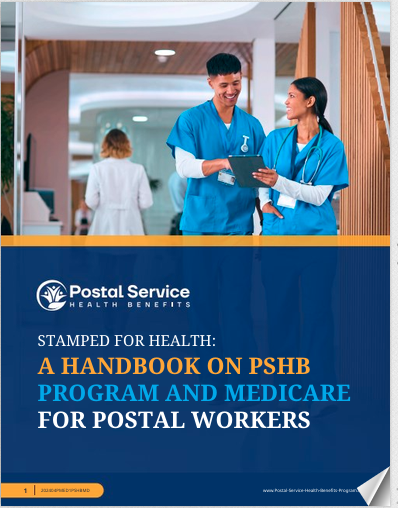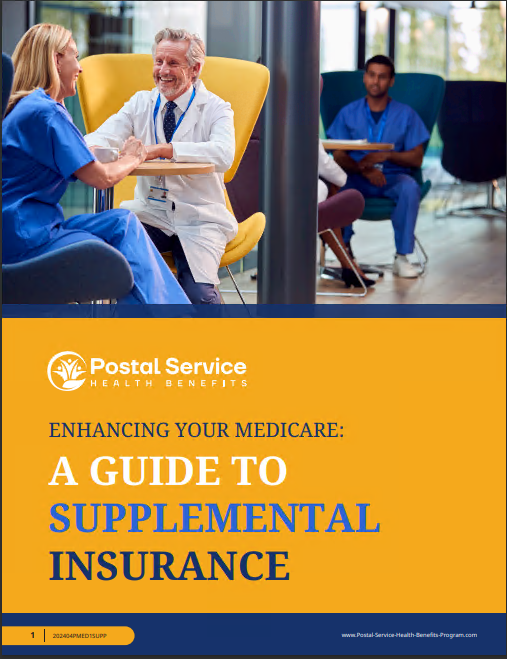Key Takeaways
- Choosing the right health benefits plan for a Postal Service family requires a thorough evaluation of current and future healthcare needs.
- Understanding the differences between plan types and considering the unique needs of your family will help in selecting the most suitable option.
How to Pick the Right Health Benefits Plan for Your Postal Service Family in 2025
Choosing the right health benefits plan for your Postal Service family in 2025 can seem overwhelming, especially with the evolving landscape of healthcare options. Making an informed decision is crucial for ensuring that your family’s medical needs are adequately covered without unnecessary expenses. This guide will walk you through the essential factors to consider when selecting a health benefits plan, helping you navigate this important decision with confidence.
Understand Your Family’s Healthcare Needs
The first step in selecting the right health benefits plan is to assess your family’s healthcare needs. Consider both current and anticipated medical needs over the next year. Are there any planned surgeries, chronic conditions requiring regular care, or ongoing prescriptions? Understanding these needs will help you determine what type of coverage is most appropriate.
Evaluate Medical History and Predict Future Needs
Start by reviewing your family’s medical history. This includes noting any chronic conditions, regular medications, and past medical treatments. If a family member has a condition that requires frequent doctor visits or specialized care, a plan with lower copays for specialist visits might be more cost-effective. Additionally, consider any upcoming life changes, such as a new baby or a planned surgery, that could impact your healthcare needs.
How Often Do You Visit the Doctor?
Another key factor is the frequency of medical visits. If your family tends to visit healthcare providers regularly, either for check-ups, ongoing treatment, or therapy, you might benefit from a plan with lower copays or a lower deductible. Conversely, if you and your family are generally healthy and rarely visit the doctor, a high-deductible health plan (HDHP) paired with a Health Savings Account (HSA) might save you money in the long run.
Know the Different Types of Plans Available
There are several types of health insurance plans available, each with its own benefits and limitations. Understanding these can help you make an informed decision.
Health Maintenance Organization (HMO)
An HMO plan requires you to choose a primary care physician (PCP) who will be your first point of contact for all health-related issues. If you need to see a specialist, you’ll need a referral from your PCP. While HMO plans generally have lower premiums and out-of-pocket costs, they also have more restrictive networks. This means you’ll need to use healthcare providers within the network to have your care covered, except in emergencies.
Preferred Provider Organization (PPO)
PPO plans offer more flexibility when it comes to choosing healthcare providers. You don’t need a referral to see a specialist, and you can visit doctors outside of your network, though you’ll pay more for out-of-network services. This type of plan is ideal for families who want more freedom in choosing their healthcare providers and are willing to pay a bit more for that flexibility.
High-Deductible Health Plan (HDHP) with Health Savings Account (HSA)
HDHPs typically have lower premiums but higher deductibles. They are often paired with an HSA, which allows you to save money tax-free for medical expenses. This plan is suitable for families who are generally healthy and want to save on premiums while also having a financial safety net for unexpected medical expenses.
Exclusive Provider Organization (EPO)
An EPO plan is similar to an HMO in that it restricts coverage to a network of doctors and hospitals, but it does not require referrals to see specialists. EPOs generally have lower premiums than PPOs, but you must stay within the network to have your care covered.
Consider the Cost Factors
Understanding the different costs associated with each plan is crucial for making the best choice. Here are the main cost elements to consider:
Premiums
The premium is the amount you pay monthly for your health insurance. Generally, plans with lower premiums have higher deductibles, and vice versa. While it might be tempting to choose a plan with the lowest premium, make sure to consider other costs such as deductibles, copays, and coinsurance.
Deductibles
A deductible is the amount you pay out-of-pocket for healthcare services before your insurance starts to pay. Plans with higher deductibles generally have lower premiums, but this means you’ll pay more upfront before your insurance kicks in. This option can be cost-effective for healthy families who don’t expect to need much medical care.
Copayments and Coinsurance
Copayments (copays) are fixed amounts you pay for covered healthcare services, usually at the time of service. Coinsurance is the percentage of costs you pay after you’ve met your deductible. Plans with higher premiums often have lower copays and coinsurance, which can save you money if you anticipate frequent doctor visits or prescription needs.
Out-of-Pocket Maximum
The out-of-pocket maximum is the most you’ll have to pay for covered services in a plan year. After you reach this amount, your insurance will pay 100% of covered healthcare costs. Understanding this limit is important because it represents your worst-case scenario financially. Plans with lower out-of-pocket maximums provide more financial protection but often come with higher premiums.
Analyze the Provider Network
The network of doctors and hospitals covered by a plan is a critical factor in your decision. Make sure that your family’s preferred healthcare providers are included in the network of any plan you’re considering. If you or a family member has a relationship with a specific doctor or specialist, you’ll want to ensure that they are in-network to avoid paying higher out-of-pocket costs for their services.
How to Check if Your Doctor is In-Network?
Most insurance companies offer online tools where you can search for doctors and hospitals within their network. It’s a good idea to confirm with your doctor’s office as well since networks can change, and the online tools may not always be up-to-date.
Evaluate Prescription Drug Coverage
Prescription drugs can be a significant expense, so it’s important to understand how they are covered under each plan. Check if the plan covers the medications your family currently takes and what your out-of-pocket costs will be. Some plans use a formulary, which is a list of covered drugs, categorized into tiers. Higher-tier drugs often come with higher copays or coinsurance.
What if Your Medication Isn’t Covered?
If your medication isn’t covered, you can either pay out-of-pocket, switch to a generic or alternative drug that is covered, or appeal the plan’s decision. It’s also worth checking if the plan offers any discounts or mail-order options for long-term medications.
Review and Compare Multiple Plans
Before making a final decision, it’s crucial to review and compare multiple plans. Use comparison tools available through your employer, healthcare exchanges, or insurance providers to evaluate different plans side by side. Look for detailed comparisons of premiums, out-of-pocket costs, covered services, and network coverage.
How to Compare Plans Effectively?
- Create a Checklist: List your family’s must-have features, such as specific doctors, medications, or types of care. Use this checklist to compare each plan’s offerings.
- Simulate Scenarios: Think about different healthcare scenarios, such as a high-usage year with frequent doctor visits and a low-usage year with minimal healthcare needs. Estimate the costs under each plan for these scenarios.
- Seek Expert Advice: Consider consulting with a licensed insurance agent who can provide additional insights into the nuances of different plans. They can help clarify terms and conditions that might not be immediately obvious.
Making the Right Decision for Your Postal Service Family
Choosing the right health benefits plan is a significant decision that can impact your family’s health and financial well-being. By carefully assessing your healthcare needs, understanding the different types of plans available, and considering all the costs involved, you can make an informed choice that provides the best protection for your Postal Service family in 2025.
Take the time to compare multiple plans, factor in potential life changes, and don’t hesitate to seek expert guidance if needed. The right plan will offer comprehensive coverage that meets your family’s needs today and adapts to your future healthcare requirements.
Contact Information:
Email: [email protected]
Phone: 5058593114







